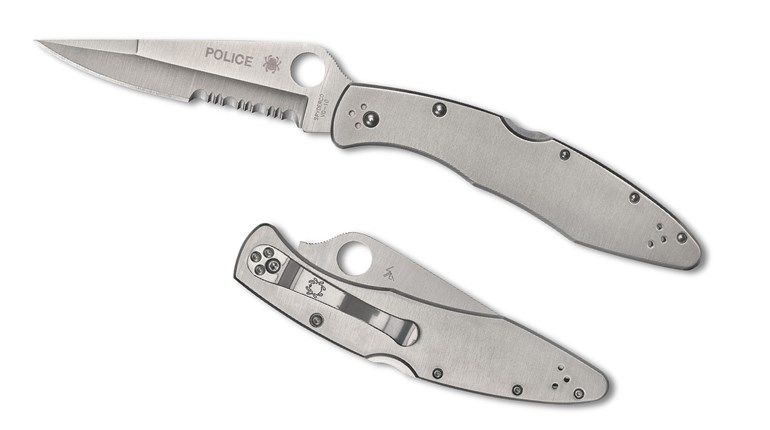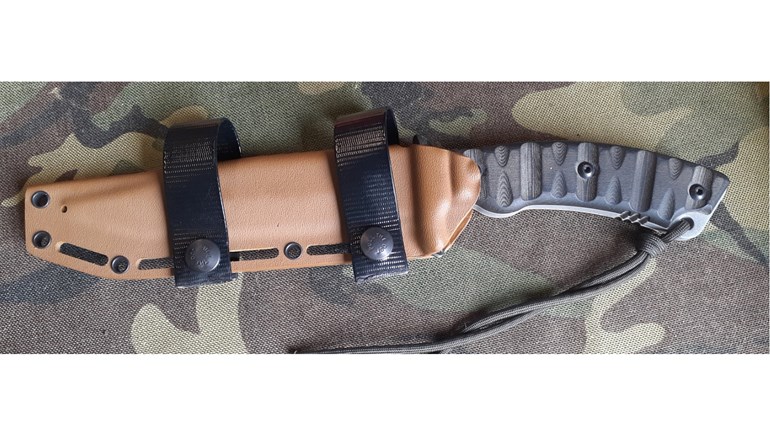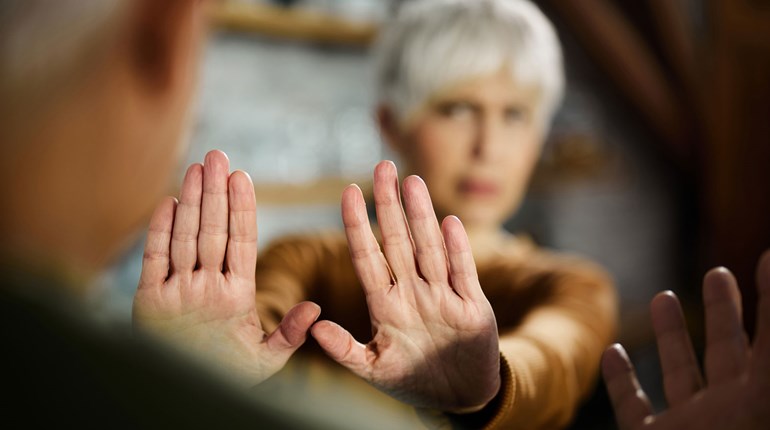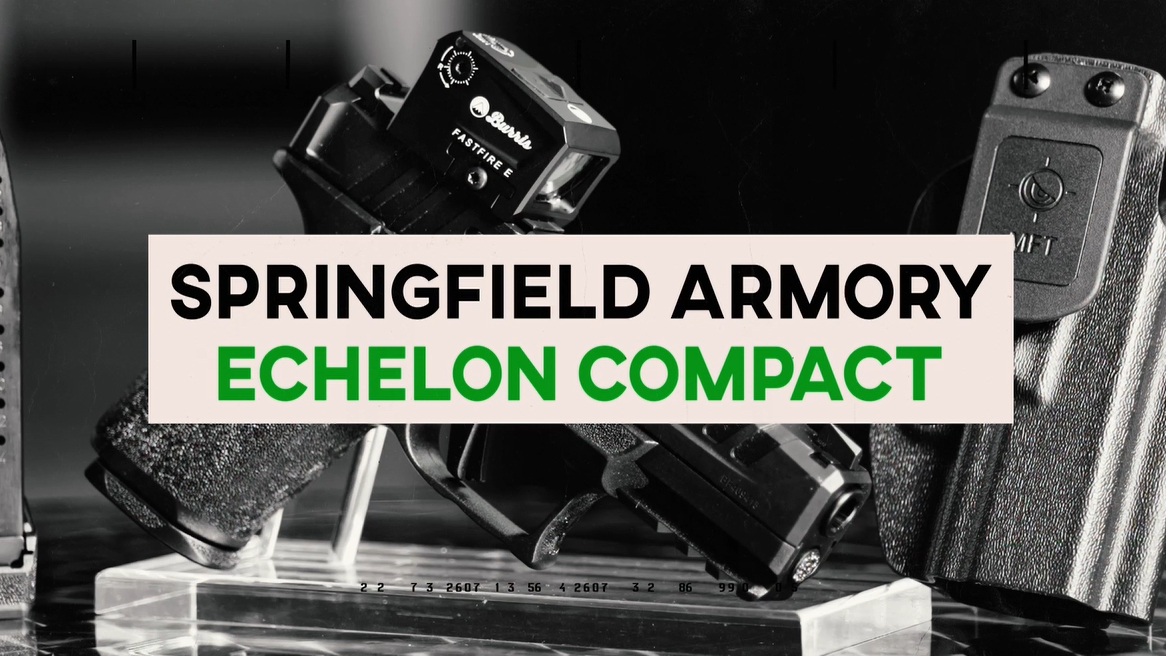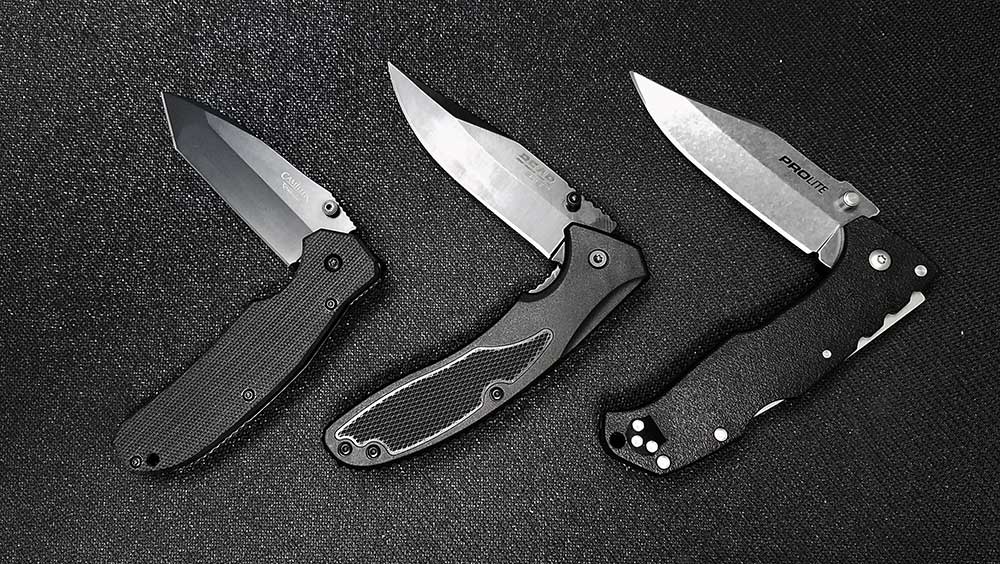
Knives are very useful as utility tools and you may also carry one as a personal-defense tool, but is this a wise decision?
Depending upon assignment, my clients who are either Department of Defense (DoD) employees or civilian law-enforcement officers (LEO), carry a primary and secondary weapon system. High-profile operators carry a carbine as their primary and handgun as their secondary. If the handgun is the primary, then their secondary or backup is often another handgun.
Many of my course graduates, DoD and LEOs who carry a gun for their daily job, also carry a knife as a secondary or backup weapon. However, it’s important to note that just carrying a knife doesn’t work like a lucky rabbit’s foot to ward off all evil. You need to train with it like any other weapon system – primary or secondary.
The bottom line is, if you are carrying a knife for personal protection and as a secondary weapon system, you have two choices – fixed or folding. It’s an hour-long discussion on the pros and cons of each, but it ends up being a matter of form fitting function – exactly how do you intend to use the knife and for what? Your decisive answers those two questions, will determine fixed or folding, what model and where to carry.
The traditional carry locations of strong-side or support-side pocket, IWB same-side or cross-body, boot knife, neck knife, etc., are again determined by exactly how do you plan to use it. At the very basic level, if you carry your handgun OWB strong side and any part of the holster covers your pocket, then pocket-carry of your folding knife on strong side will not fit your operational profile. If your backup gun is an IWB appendix carry, then a fixed-blade IWB in that same position won’t work.
Aside from accessibility, where and how to carry and rapidly deploy the blade from its carry position, you need to know what do with it once it’s either unsheathed (fixed) or in the open position (folding). The secret to this success is not unlike training with a handgun.
If you can possibly remember way back when you first presented your handgun from the holster, there were certain steps necessary to accomplish that task. First was to clear your cover garment, defeat any retention devices securing your weapon in its holster and all the while securing a positive grip on the gun. The same applies to rapid deployment of your folding knife for use in self-defense. You need to be familiar with its carry location, how to get your hand into position on the knife and remove it from its carry position.
Next in the handgun presentation is removing the firearm from its holster and pointing the muzzle downrange. Same applies to the knife, once it’s out of your pocket, using whatever opening mechanism to secure the blade in the open and locked position – with the edge facing forward and the pointy end toward the threat.
Minus professional training, which is outside the scope of this study, you can then place your now-open folder, or fixed blade as an effective barrier between yourself and the threat. Knowing what to do after that is like learning grip, sight alignment, trigger press and recoil management.
While training is a must in order to effectively use a knife for personal defense, having an edged weapon in your hand pointed at the bad guy is far better than staring at him empty-handed, with your eyes and mouth wide open.
Think about it from the predator’s perspective. He sees you standing there with nothing in your hands looking like a cow staring at a new gate, versus you standing tall with an edged weapon in your hand, ready to go to war. Which one of those scenarios will cause him to consider “Are there softer targets?” and the obvious answer to that question? An emphatic “Yes!”
If you present a fighting stance with a sharp blade in your hand pointed at the bad guy, you have immediately raised his risk profile. In short, this means that instead of you just standing there petrified and defenseless, you now have a spear point in his face. Nobody, not even bad guys, want to get cut with a knife. In fact, most would rather be shot than cut.
From the predator’s optic, you have rendered him only two tactical options, hunt down a softer target, or run the risk of sustaining significant personal injury or even death. If you were him, which would you choose?













